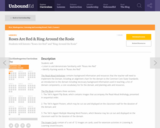
Students will:
• Listen to and demonstrate familiarity with “Roses Are Red”
• Identify rhyming words in “Roses Are Red”
- Subject:
- Education
- Elementary Education
- Material Type:
- Lesson Plan
- Author:
- Core Knowledge
- Date Added:
- 06/04/2021

Students will:
• Listen to and demonstrate familiarity with “Roses Are Red”
• Identify rhyming words in “Roses Are Red”
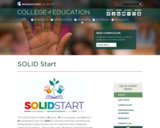
The SOLID Start project (Science, Oral Language, and Literacy Development from the Start of School) develops professional development opportunities for K-2 teachers that integrates science and literacy. The project also develops standards-based, integrated science and disciplinary language and literacy curriculum materials designed for K-2 children.
***MUST CREATE A FREE ACCOUNT TO USE MATERIALS.***
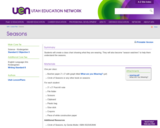
Students will create a class chart showing what they are wearing. They will also become "season watchers" to help them understand the seasons.
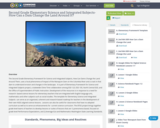
The Second Grade Elementary Framework for Science and Integrated Subjects, How Can Dams Change the Land Around Them, uses a local phenomena of impact of the Wanapum Dam on the Columbia River and a crack in that dam to understand erosion and changes in the landscape.

Students will write a personal narrative about a time they surprised themselves or someone else.
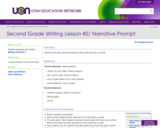
Students will write a personal narrative about their best day of school.
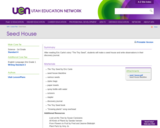
After reading Eric Carle's story "The Tiny Seed", students will make a seed house and write observations in their discovery journal.
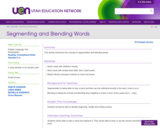
This activity introduces the concept of segmentation and blending words.
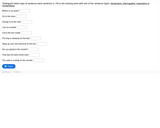
Students will read the sentence and then differentiate between the four sentence types.
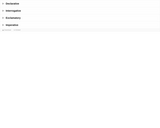
Students will learn how to distinguish between the four types of sentences.
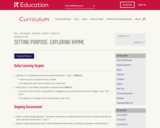
Identify and name letters and their sounds. Explore words that rhyme.
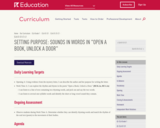
Looking at Rhythm and Rhyme in a piece of writing
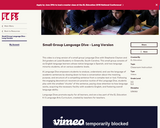
This video is a long version of a small group Language Dive with Stephanie Clayton and 3rd graders at Lead Academy in Greenville, South Carolina. This small group consists of six English language learners whose native language is Spanish, and two language minority students, all on various academic levels. A Language Dive empowers students to analyze, understand, and use the language of academic sentences by slowing down to have a conversation about the meaning, purpose, and structure of a compelling sentence from a complex text or tool. Following the engaging deconstruct-reconstruct-practice routine of the Language Dive, students play with the smallest “chunks” of the sentence, paying close attention to how language works, acquiring the necessary facility with academic English, and fostering overall language ability.
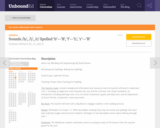
Students will learn /b/, /l/, and /r/
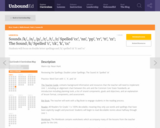
Students will focus on double letter spellings and /k/ spelled 'ck' 'k' and 'cc'
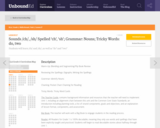
Students will learn /ch/ and /sh/; as well as "do" and "two"
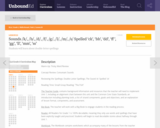
Students will learn about double-letter spellings
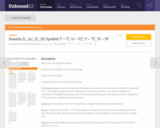
The following language arts objectives are addressed in this lesson. Objectives aligning with the Common Core
State Standards are noted with the corresponding standard in parentheses. Refer to the Alignment Chart for
additional standards addressed in all lessons in this unit.
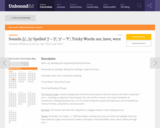
Students will learn /j/ and /y/; "are" "have" and "were"
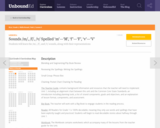
Blending and Segmenting/Flip Book Review
Reviewing the Spellings: Writing the Spellings
Small Group: Phrase Box
Chaining: Pocket Chart Chaining for Reading